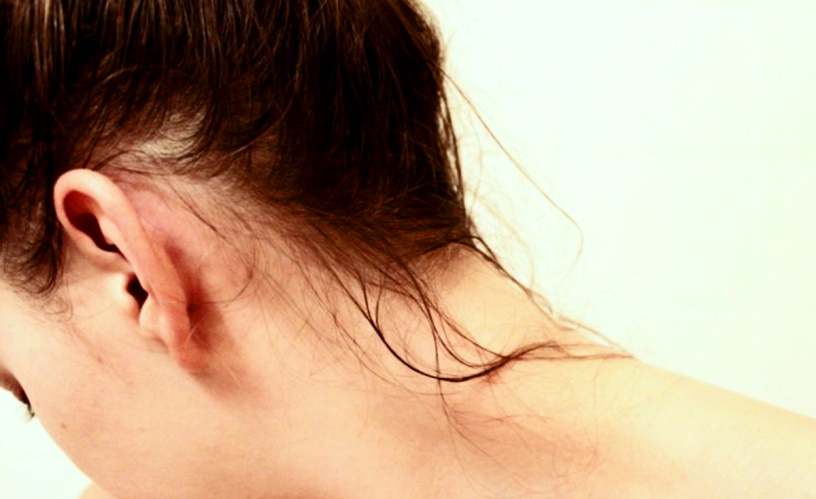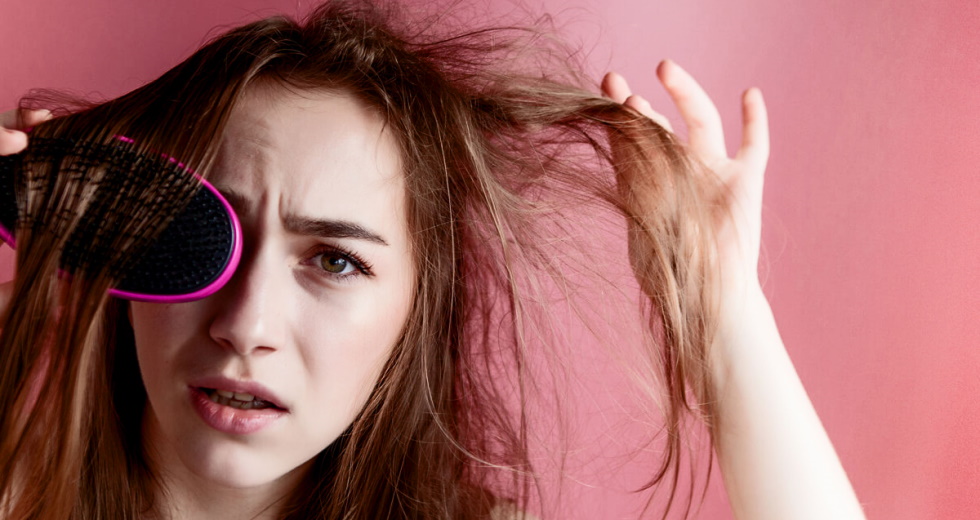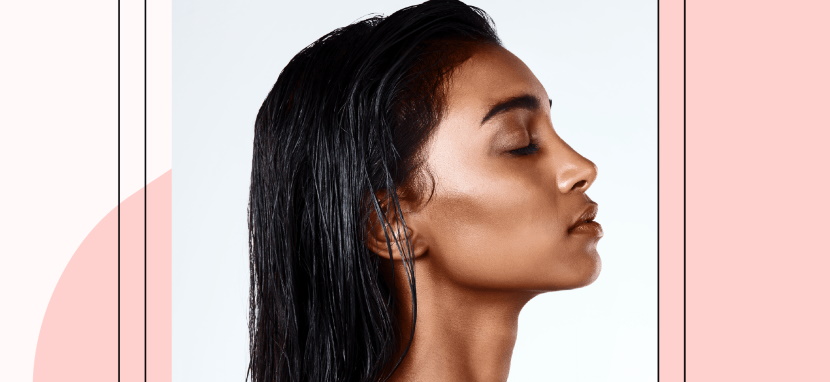Do you want to know how to cure your oily hair during your period? It is a common occurrence for women with hormonal changes in their bodies, such as puberty or menstruation, which can cause excess oil production from the scalp and an increase in sebum production. The best way to combat this problem is using a dry shampoo that has been created specifically for it. There are many products on the market that have been designed just for this purpose, but not all of them work well enough. To find one that works best for you, we recommend reading reviews online and finding out what other people’s experiences were like when they used different products.
During your period, hormones are fluctuating which can affect the oil production in your scalp. This causes an excess amount of sebum or natural oil that is secreted by the sebaceous glands in your skin and hair follicles to build upon the scalp and hair strands. It’s important to note that this happens to men too! The extra oils can make you feel like you have a greasy film over your head and it will make styling more difficult because everything sticks together. Luckily, there are some ways for you to combat oily hair during menstruation: use dry shampoo between washes; sleep with a silk pillowcase; wash less often; use sulfate-free products; or try using blue light therapy.

How to deal with greasy hair on menstruation?
If you’re like most women, you probably experience oily hair during your period. This is because the hormones estrogen and progesterone cause the sebaceous glands in your scalp to produce more oil. While there’s no definitive cure for oily hair during your period, there are a few things you can do to help manage it:
- Try shampooing your hair less often. Shampooing your hair too often can cause it to produce more oil, so try shampooing it every other day instead of every day.
- Use a clarifying shampoo. A clarifying shampoo is designed to remove any build-up on your scalp, which can help reduce the amount of oil that your scalp produces.
- Use dry shampoo. Dry shampoos are great for when you’re in a hurry and don’t have time to wash your hair, but they can also help reduce the amount of oil on your scalp if used regularly. Sprinkle some powder on your roots, work it in with your fingers, and brush it out.
- Use a scalp toner. A scalp toner is a product that you can use to help reduce the amount of oil on your scalp. It’s a type of astringent that helps to tighten your pores and reduce sebum production.
Hair changes during your menstrual cycle
Most women are aware that their hair changes during different times of their menstrual cycle, but they might not know exactly what is happening or why. We’ll take a look at the science behind hair changes during your menstrual cycle, and offer some tips on how to deal with them. Whether you’re trying to figure out how to style your hair during your period, or you’re just curious about what’s going on in your body, read on for all the details.
You’ve heard it before – that your hair changes during your menstrual cycle. Whether this is having more facial hair, or feeling more hairs on your legs, varies between women. If you are female, then one factor in common with all women is the menstrual cycle. Hair growth can change during each phase of your menstrual cycle.
Hormones are responsible for the changes in hair growth, particularly estrogen and progesterone. These hormones fluctuate throughout the menstrual cycle, which is why you may experience changes in your hair.


